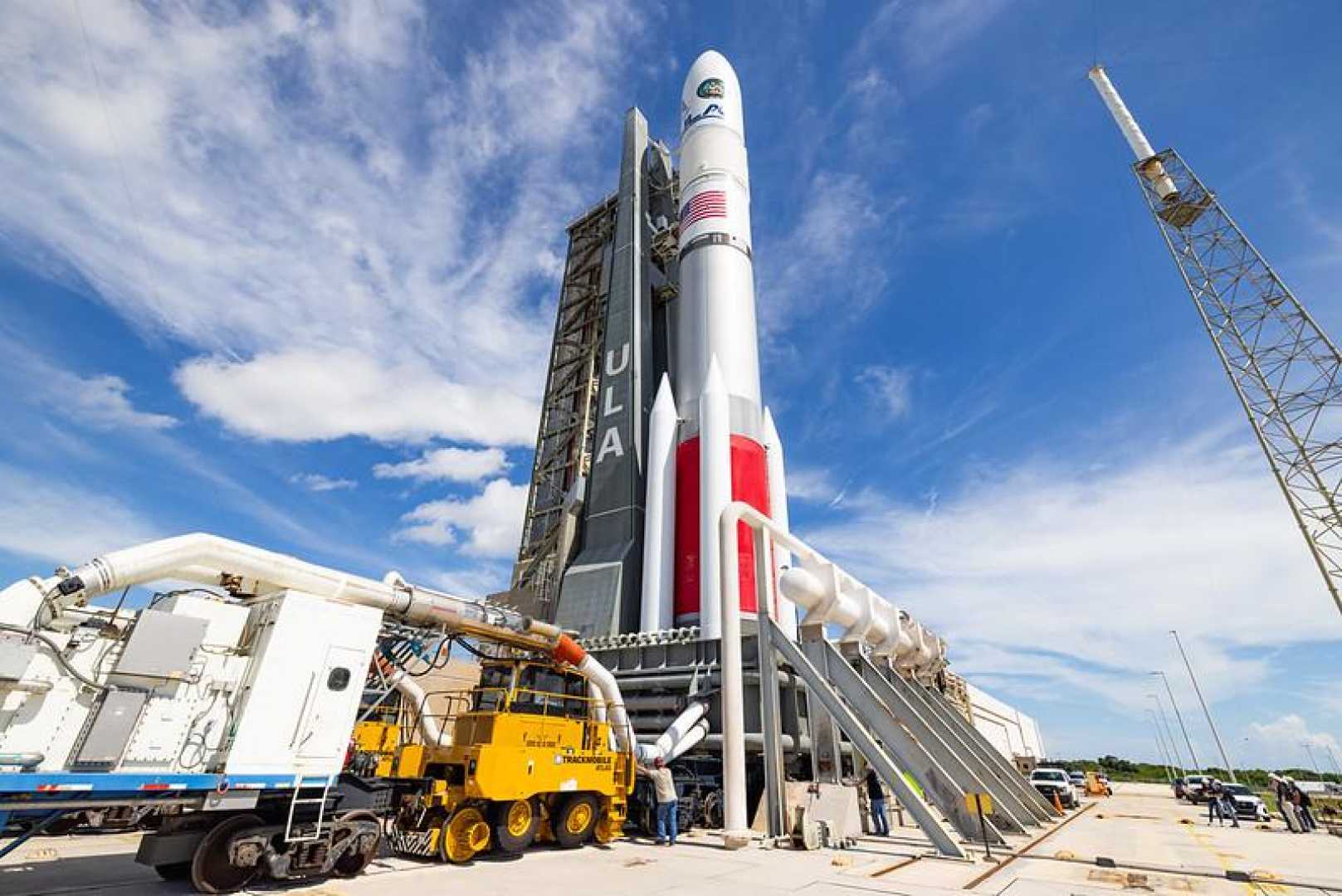News
ULA Set to Launch Vulcan Rocket for U.S. Space Force Mission

CAPE CANAVERAL, Fla. – United Launch Alliance (ULA) is poised to launch its Vulcan rocket on a crucial mission for the U.S. Space Force, known as USSF-106. The launch window opens at 7:59 p.m. EDT on August 12, with the rocket poised to carry two satellites into geosynchronous orbit.
The 202-foot-tall Vulcan rocket will take off from Cape Canaveral Space Force Station, flying eastward toward its designated orbit. Gary Wentz, vice president of Government and Commercial Programs for ULA, stated during a prelaunch teleconference, “This mission is heading directly to geosynchronous orbit and will be one of our longest missions to date.” The mission is a significant milestone, marking ULA’s return to the National Security Space Launch (NSSL) program after its last launch for this program in July 2024.
The preparations for the launch included rolling the rocket about a third of a mile from the Vertical Integration Facility to the launch pad at Space Launch Complex 41. The journey took just over an hour to complete. The forecast for favorable launch conditions is optimistic, with an 80% chance of good weather, according to the 45th Weather Squadron.
Wentz also noted that this launch will conclude ULA’s dependency on Russian-made engines as they continue to transition to American-built rockets. The Vulcan, which has undergone extensive testing and certification, notably features Blue Origin-built BE-4 engines.
Col. James Horne of the Space Force acknowledged the challenges in preparing the Vulcan for flight, including a previous anomaly that delayed its certification process. “We’ve done a couple of full-scale static fires, extensive sub-scale analysis, and modeling to get to launch at an acceptable risk,” said Horne.
The primary payload for the launch is the Navigation Technology Satellite-3 (NTS-3), which is designed to test innovative technologies for enhancing GPS functionality. Dr. Joanna Hicks, a principal investigator for the NTS-3, expressed her anticipation, stating, “This is the first experimental navigation satellite in 48 years.” The satellite is expected to conduct over 100 experiments aimed at augmenting navigation and timing capabilities.
Additionally, ULA has plans to launch the next NSSL mission, USSF-87, after the USSF-106, although a specific launch date has yet to be determined.












